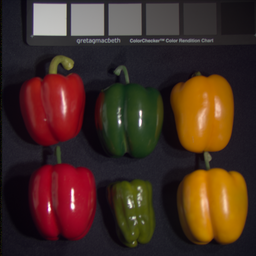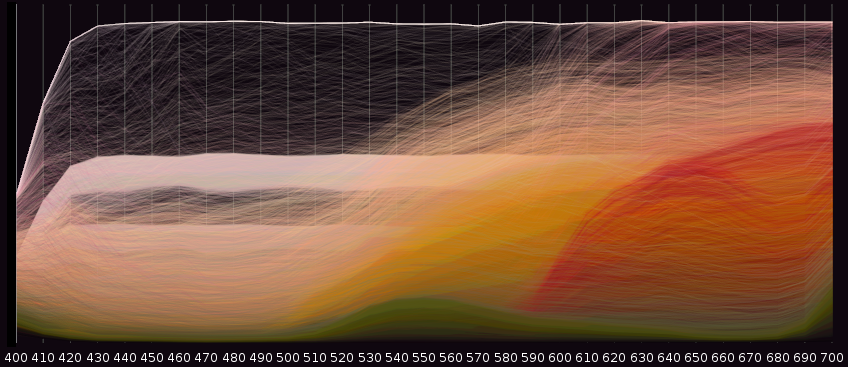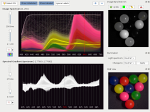Multispectral Image Analysis
A traditional digital camera captures the light that falls onto the sensor in a fashion that resembles the human perception of color. For this, wideband filters are used to obtain red (R), green (G), and blue (B) channels. In contrary, multispectral imaging enables us to capture information that is neither available to the human observer, nor to the RGB camera.
For this, the camera captures the scene with a higher spectral resolution. Each pixel holds a vector of intensity values (instead of a R, G, B triplet), where each value corresponds to the the incoming light over a small wavelet range. This may be achieved by collecting each band seperately with narrow color filters or by scanning the image with a spectrometer.
Multispectral imaging is an important tool for better understanding of image formation and reflectance phenomena. Wideband RGB data is not sufficient to draw meaningful interpretations from the captured data; instead, a significant amount of filter bands needs to be available. Research on computer vision methods that interpret, or rely on, scene reflectance often profits from analyzing multispectral images.
Example Image
To illustrate the information contained in a multispectral image, we present an image from the ![]() CAVE database called "Fake and Real Peppers". It consists of 31 filter bands, whereas each band covers 10 nm, in the total range of 400 nm to 700 nm.
CAVE database called "Fake and Real Peppers". It consists of 31 filter bands, whereas each band covers 10 nm, in the total range of 400 nm to 700 nm.
 |  |
| (a) RGB representation | (b) array of filter band outputs |
We can also look at the spectral distribution of the image, to get a better idea about the reflectance date contained in it. The following image depicts all spectral vectors from the image, where each vector is colored by transferring it into the sRGB color space with a default illuminant.
 |
We started working with a powerful multispectral camera in our lab. We plan to provide some of our own images with an even higher spectral resolution (often referred to as hyperspectral) online soon.
Gerbil: Multispectral Image Analysis Framework

Gerbil is an open-source project intended for researchers working with multispectral or hyperspectral images, or researching and educating in color and reflectance. The software consists of a new interactive visualization tool targeted at multispectral and hyperspectral image data, and a toolbox of common algorithms, e.g. for segmentation.
For more information and download visit ![]() gerbilvis.org.
gerbilvis.org.


 +49-9131-85-27775
+49-9131-85-27775
 +49-9131-85-27270
+49-9131-85-27270
